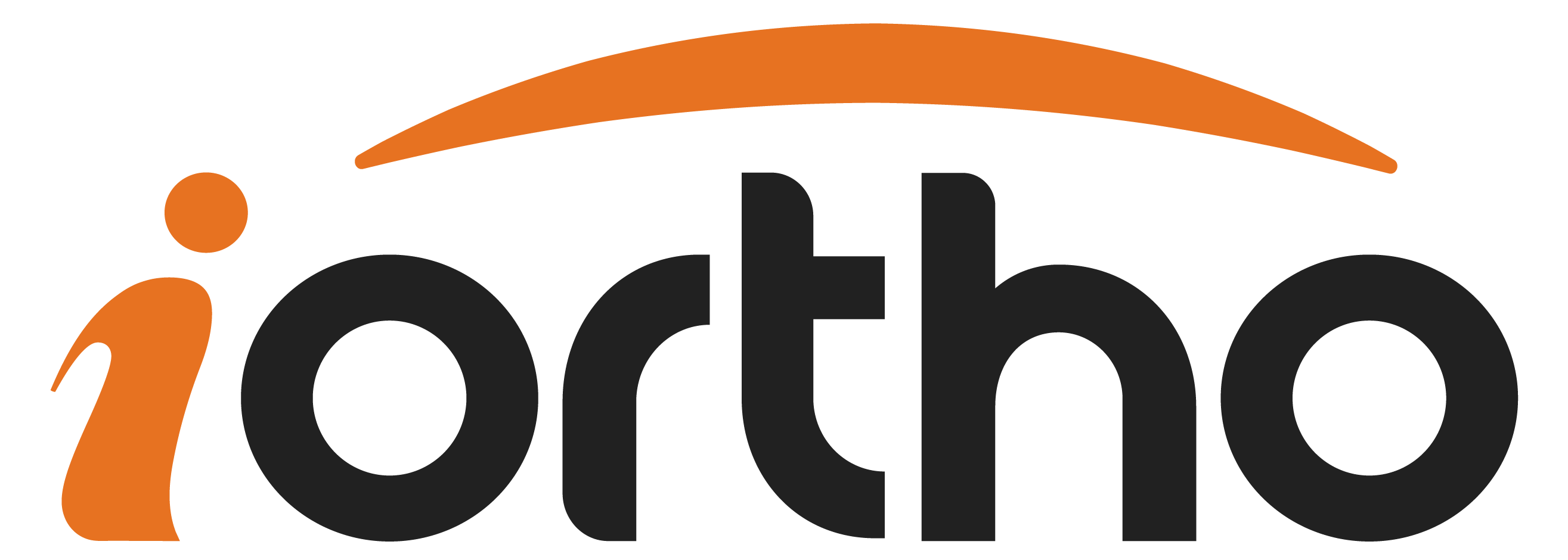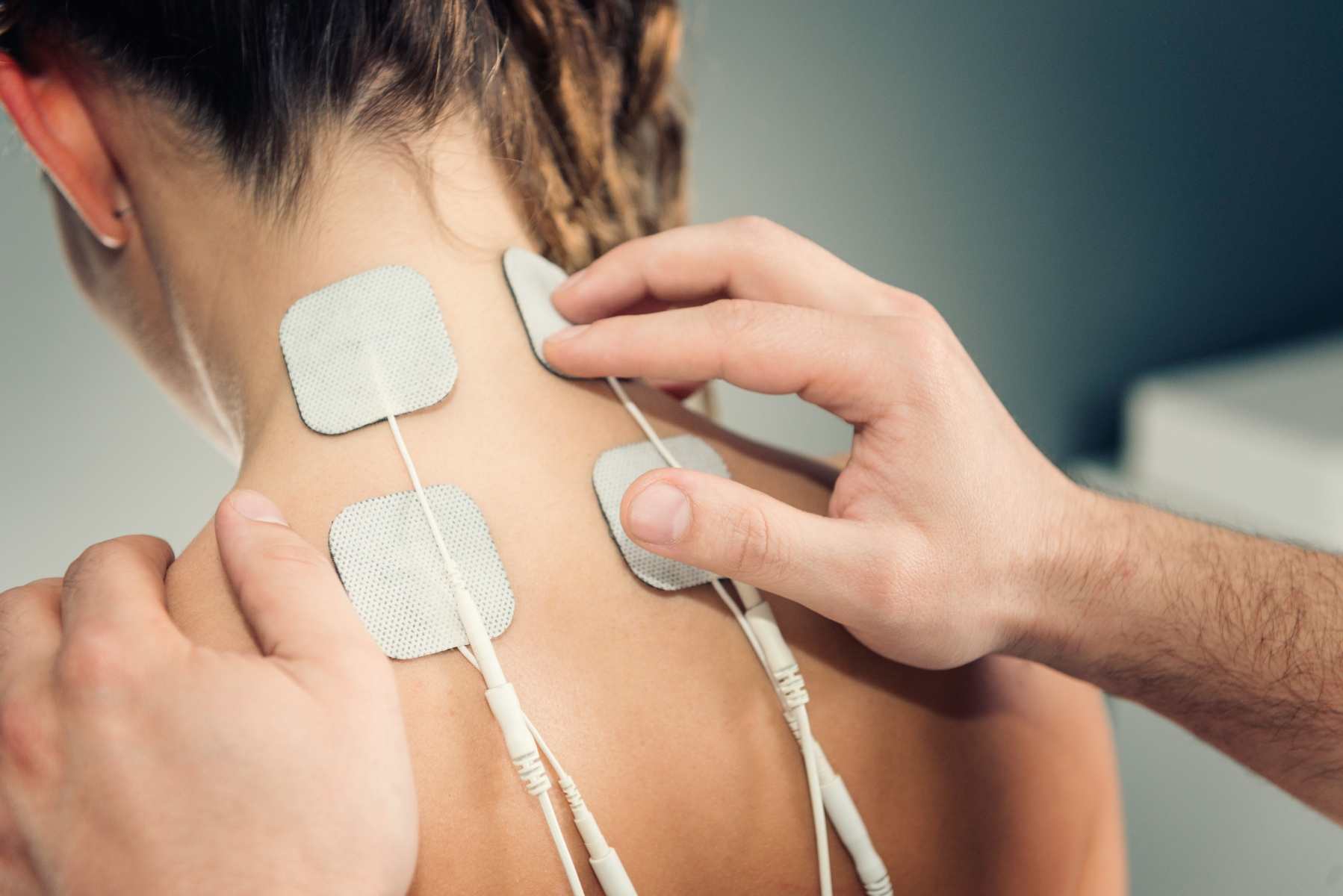Robotic Hip Replacement
Robotic Surgery is a new technology that is now being used at specialized centers by experienced reconstructive surgeons for hip replacement.
Gregory Montalbano MD., Reconstructive Orthopedic Surgeon , Faculty NYU School of Medicine, gives a description of the technology and the benefits that it provides for patient recovery.
“For robotic hip replacement the procedure begins with a CT scan of the surgical extremity, the information from the scan is uploaded into a proprietary software that generates a skeletal model of the extremity and joint.”
“The surgeon then goes into the virtual environment and does a preliminary plan regarding implant sizing and alignment, the innovative software allows the surgeon to plan the bone resections for the purpose of restoring natural joint mechanics and alignment. A sophisticated plan can be generated to accommodate for any skeletal deformity when they exist and prepare with necessary adjustments to the equipment or implant requests for the day of surgery.”
“The skin incision and exposure for the joint can typically be downsized since the technology allows the surgeon more accuracy through use of the computerized navigation. The skeletal structure and the joint is referenced to the robotics following exposure. Up to 50 data points can be used to reference the patient’s anatomy to the robotic system. The process of referencing is complete when the margin of error is determined by the system to be within 1mm.”
“The robotic arm is used to ream the socket for placement of the acetabular (socket) implant and subsequently for placement. The robotics allows placement of the acetabular implant in the most desirable position of 40 degrees inclination and 20 degrees anteversion, referenced to a mechanical neutral orientation which is not visible to the surgeon but is visible to the technology. This implant placement is considered optimal for providing normalized mechanics, stability and longevity of the implants. It also optimizes sizing for the benefit of achieving a larger head size with reduced risk of iatrogenic fracture of the pelvis.”
“Preparation of the femur follows using the system to gauge optimal sizing of the femoral implant. Achieving optimal sizing fit and fill of the femoral canal provides optimized stability and longevity of the implant and also minimizes the risk of over-sizing and creating an iatrogenic fracture of the proximal femur which would compromise the surgical outcome and potential for optimal healing and recovery. The hip is then reduced by putting the ball into the socket where the computer will advise the surgeon regarding critical metrics including offset and leg length. The implant neck size is adjustable prior to final implant selection therefore the leg length and offset can be optimally restored and the risk of generating a leg length discrepancy is eliminated.”
“In my experience having used traditional reconstructive methods for close to two decades and robotics since 2013 the benefit of robotic technology for hip replacement is;”
Benefits of Robotic Technology for Hip Replacement
- Soft Tissue Balancing
- Implant Sizing
- Implant Alignment
- Deformity Correction
- Muscle Retention
- Precision Bone Resections
- Soft Tissue Protection
- Reduced Incision Size
- Less Pain After Surgery
- Quicker Recovery
- Natural Feel and Function
- Eliminate Risk of Leg Length Discrepancy
- Eliminate Risk of Weakened Abductors from Reduced Offset
- Minimize Risk of Iatrogenic Fracture of Pelvis or Femur from Implant Sizing Error
“Many patients ask me about the difference between robotics and traditional methods and the analogy I use is that it’s sort of the difference between the ipad or computer and a paper notebook. The paper notebook was fine until the ipad or computer became widely available and after you experience the power of computer chip processing over the paper notebook there is no going back to paper. Despite robotic technology being available there are many surgeons that still use the traditional or ‘paper notebook’ method for whatever reason whether they are creatures of habit, or their facility hasn’t invested in the equipment or they are unwilling to go through the required training or probably other reasons specific for them or their practice. My opinion is that the combination of surgeon experience and robotic technology has brought joint reconstruction and hip replacement to a new level of sophistication. The technology and the benefits currently exist for those patients that choose the appropriate surgeon and facility.”
iOrtho is a multi-specialty musculoskeletal healthcare practice that provides patients with new technologies and innovative procedures designed to make state-of-the-art treatments readily available while maximizing outcomes. For people with active lifestyles and/or physical job requirements, iOrtho is the comprehensive single-source solution for all orthopedic needs; trauma, arthritis, sports, spine- minimally invasive procedures, computer navigated robotic procedures, custom implants, restorative treatments including hyaluronate acid, plasma, stem cell and vitamin infusion therapy. With locations in Staten Island, Manhattan and New Jersey, iOrtho surgeons are affiliated with NYU Langone Health and the practice takes all major insurances.





